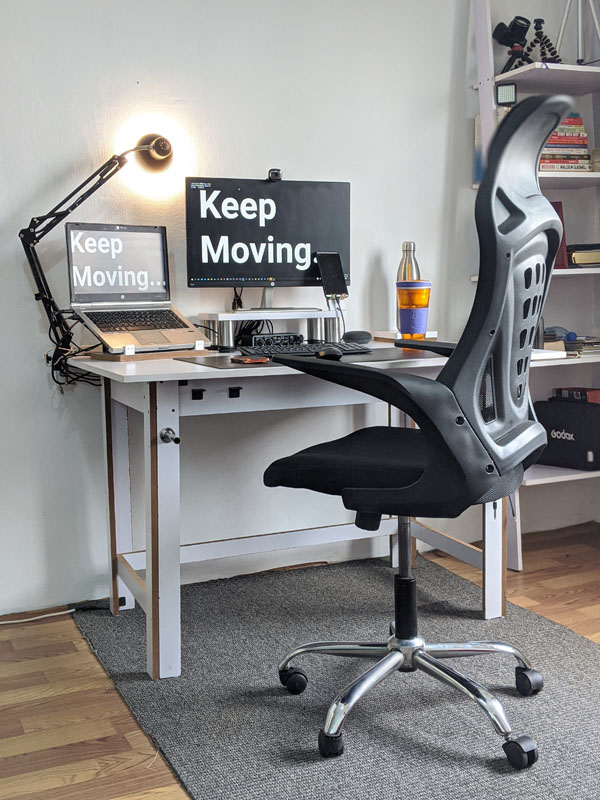
- Mar 23, 2023 |
- Ergonomics Blog
Ergonomics For Life
Did you know that a 19th century philosophy was turned into a practical industrial application many decades later, and today it touches aspects of every day life from work to leisure? That philosophy is summed up in one word: ergonomics, based on the Greek words ‘ergon’ and ‘nomoi’, which mean ‘work’ and ‘natural law’ respectively.
The term ‘ergonomics’ was first coined as recently as 1857 by the author Wojciech Jastrzebowski. Frederick W. Taylor, who was born in 1856, went to become a highly successful engineer and late in his life developed the ergonomics theory into a practical sphere by developing gear in factories that matched the work at hand.
Ergonomics is a fairly obvious idea to understand in its essence; the harmony of a worker’s body and the working environment. The better the harmony, the better it is for the worker as well as the work. The possibilities of where this philosophy can be used are almost endless.
Of course, the most popular and common use of it has long been in the industry and commerce sector. But as the philosophy and its practice gained ground, it has taken many shapes. Colleges across the United States and many other countries now offer degrees in it, be it basic or even advanced. And with such increasing demand for the subject, specialists have also emerged in various forms and aspects of ergonomics.
Here are the most common and popular aspects of where ergonomics is used on a regular basis, listed in random order:
- Designing: Here, ergonomists help evaluate your design to see how easy it is to use; basically the user friendliness of it. As you can imagine, just looking great and serving a useful purpose when used is not enough if using it is complicated or difficult.
- Working Environment: Is your working space too dark? Is it too cold in the winter and too hot in the summer? Are there constant disturbances? All these factors count and using ergonomics to analyze it would ensure greater well-being of the worker.
- Leisure: Are you sure your choice and arrangement of furniture is the best way to do it in your living room? Are the tables and shelves in your kitchen of the right height and space? Should you have built your garage elsewhere so that a window would instead let natural light into the hallway? Ergonomics can help you answer these questions and more too.
- Industrial Work Space: Consult with an ergonomist before you have fitted in all your equipment and installed lights and other fixtures in your factory. And design work shifts that are optimum for production and for the workers too.
As you can see, ergonomic set up is important and touches almost all aspects of life. These examples listed above are only to give you a general understanding of how it works. And these days, finding an Ergonomist is hardly an issue. Let your hectic life be all that better by consulting with them.
For more information about our services, please contact us!
Photo by Oladimeji Ajegbile: https://www.pexels.com/photo/home-office-interior-4930018/


